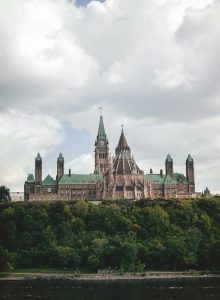 The Government of Canada’s has its updated climate plan titled, “A Healthy Environment and A Healthy Economy” announced December 11 2020. The backgrounder on the highlights of the plan can be found here.
The Government of Canada’s has its updated climate plan titled, “A Healthy Environment and A Healthy Economy” announced December 11 2020. The backgrounder on the highlights of the plan can be found here.
A number of the points under the first pillar of the plan, “Making the Places Canadians Live and Gather More Affordable by Cutting Energy Waste,” are particularly relevant for MCA Canada’s recent discussions concerning investment in the built environment.
Some points of interest include:
• Invest $1.5 billion over three years for green and inclusive community buildings, and require that at least 10 percent of this funding be allocated to projects serving First Nations, Inuit and Métis communities.
• Work with the building materials sector and other stakeholders to develop a robust, low-emission building materials supply chain to ensure Canadian, locally-sourced products are available.
• Continue to work with provincial and territorial governments to develop a new model ’retrofit‘ code for existing buildings, by 2022, with the goal of collaborating with provinces and territories to have this code in place by 2025.
• Conduct Canada’s first-ever national infrastructure assessment, starting in 2021, to help identify needs and priorities in the built environment, and undertake long-term planning toward a net-zero emissions future.
• Invest $2 billion in financing commercial and large-scale building retrofits, which will be repaid by energy savings costs. This commitment is part of the CIB’s $10 billion Growth Plan.
• Develop a simple, low-cost loan program that integrates and builds on energy audits and grants to finance deeper home energy retrofits for homeowners.
MCA Canada was pleased to see many of these points, as they are well aligned with the policy recommendations being developed by MCAC and CIPH.
